1. Statement Lighting
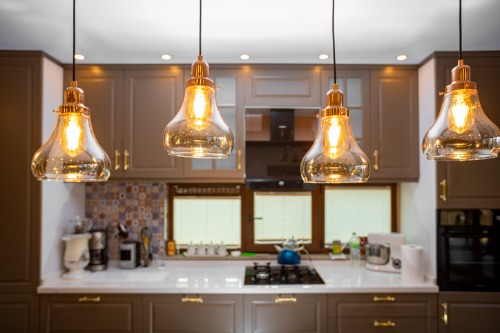
A single, eye-catching light fixture can instantly elevate a room. Designers often choose pendants or chandeliers that feel like art, not just illumination. You’ll notice unusual shapes, mixed materials, or a subtle sculptural quality that draws the eye. Even when the lights are off, they act as a visual anchor in the space.
The careful placement of lighting matters, too. Designers layer it—ambient, task, and accent—to make every corner feel intentional. Shadows and highlights are used strategically to enhance the room’s texture. It’s lighting that doesn’t just function; it communicates mood and style effortlessly.
2. Curated Coffee Table Books
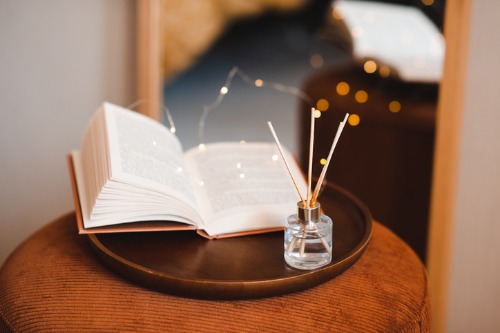
Stacked coffee table books aren’t just for reading—they’re a designer’s secret weapon. They tell a story about the homeowner’s taste and create a layered visual texture on tables. Titles often feature art, architecture, or travel photography, signaling refinement without being loud. The colors and sizes are chosen with a thoughtful eye for balance.
The books themselves also guide how objects are displayed on top. A sculptural vase or a small tray looks more intentional when anchored by a book stack. Designers use them to subtly introduce pattern, color, or height variation. They’re small touches that make the space feel collected rather than cluttered.
3. Designer Throw Pillows

A well-chosen pillow can transform a sofa from basic to chic. Designers play with textures—like velvet, linen, or bouclé—and patterns that echo the room’s palette. You might notice asymmetrical arrangements or pillows layered in unexpected combinations. Even the stitching or trim can be a clue that someone considered the details carefully.
Throw pillows also influence the overall mood of a room. They soften sharp lines, add comfort, and create a sense of harmony with other fabrics. A single pop of color in a pillow can tie together artwork, rugs, and curtains. It’s proof that small touches have big design impact.
4. Sculptural Vases
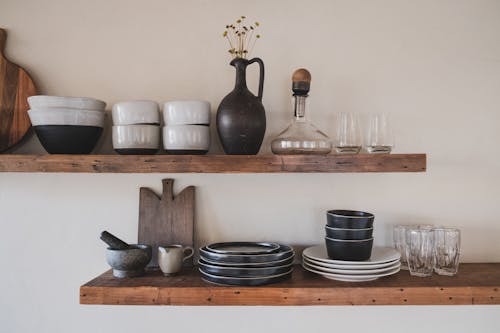
Vases aren’t just functional; they’re sculptural elements in a designer’s toolkit. You might spot one with an unusual silhouette, a matte glaze, or a hand-thrown imperfection that feels curated. They can stand alone or anchor a table arrangement without flowers. Their placement is deliberate, balancing other visual elements in the room.
Designers often use vases to play with height and rhythm. Pairing three of different sizes or shapes creates a subtle pattern your eye can follow. Materials like stone, ceramic, or glass are chosen for how they interact with light. These vases quietly signal thoughtfulness and intentionality.
5. Textured Rugs
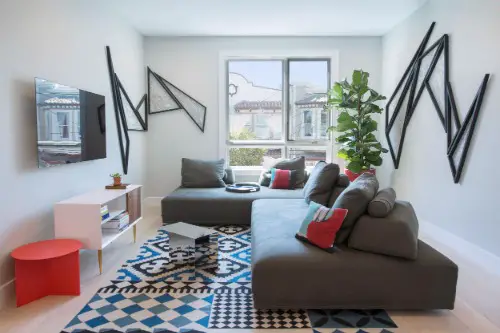
A rug is more than a floor covering—it’s a foundational design element. Designers choose rugs that add texture, pattern, or color to anchor a seating area. Look for unexpected material mixes or handwoven details that indicate craftsmanship. Even a neutral rug can feel luxurious with the right weave and finish.
Placement and layering make a difference, too. A designer might layer a smaller, patterned rug over a larger neutral one to add depth. Rugs also help define zones in an open floor plan, giving each area purpose. It’s subtle, but a high-quality rug makes everything else in the room feel intentional.
6. Unique Hardware
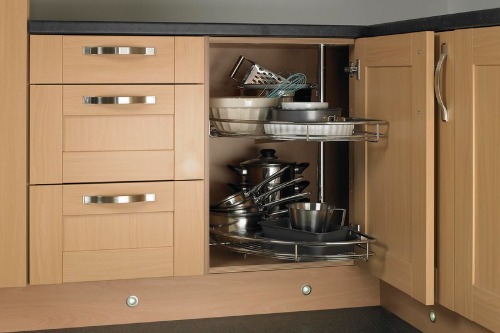
Cabinet pulls, door handles, and drawer knobs are tiny details that speak volumes. Designers often choose hardware with a sculptural or tactile quality, sometimes in unexpected finishes like matte black or brushed brass. These choices elevate otherwise ordinary furniture or cabinetry. You notice them subconsciously, but they make the space feel polished.
Hardware also sets a tone for the room’s style. Sleek, minimalist pulls suggest modern elegance, while ornate knobs hint at vintage charm. Even small variations in size or shape are thoughtfully selected. It’s proof that designers care about every touchpoint you interact with daily.
7. Gallery Walls
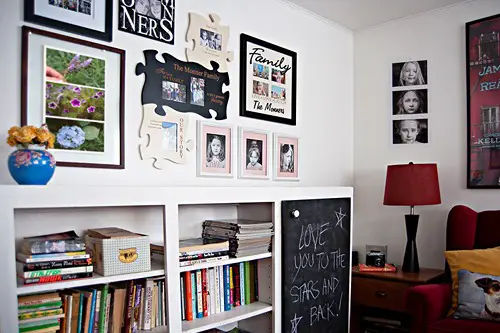
Art doesn’t just decorate a room—it tells a story when curated thoughtfully. A designer-arranged gallery wall often mixes frame styles, sizes, and textures in a way that feels organic yet balanced. You might see a combination of photography, prints, and personal pieces woven together. The spacing and alignment are intentionally inconsistent for visual interest.
Gallery walls can define the personality of a space. They’re a statement that the home is lived in but also considered. Designers think about sight lines, height, and scale so the wall complements rather than overwhelms. Even a single well-placed piece within the grid can make a room feel intentional.
8. Statement Mirrors

Mirrors in a designer’s home rarely serve just a functional purpose. They’re chosen for shape, frame material, or unique angles that reflect light and enhance space. A round mirror above a fireplace or an oversized floor mirror adds drama without clutter. Mirrors are a subtle trick to make rooms feel larger and brighter while feeling effortlessly stylish.
Placement is everything. Designers often use mirrors to bounce natural light into dark corners or to highlight architectural features. You’ll notice they’re rarely flush against the wall—they might lean slightly or be paired with layered decor. This kind of consideration elevates the room quietly but decisively.
9. Designer Kitchenware
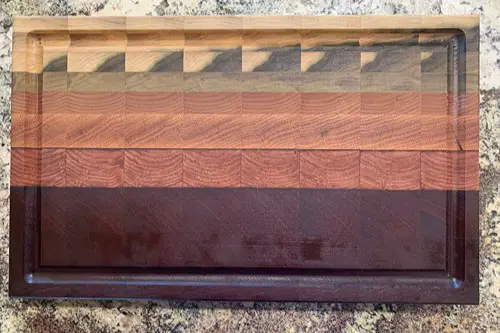
Even everyday items like cutting boards, bowls, or utensils can reveal a designer’s touch. Look for materials like marble, wood, or matte ceramics that feel high-end yet approachable. The shapes might be slightly irregular, indicating artisan craftsmanship. These objects make utilitarian areas like kitchens feel curated.
How the items are displayed is part of the magic. Open shelving, carefully stacked dishes, or a strategically placed mortar and pestle communicates intentionality. It’s about finding beauty in the practical without creating clutter. Designers treat functional tools as design accents.
10. Elegant Window Treatments

Curtains and blinds can dramatically alter a room’s vibe. Designers choose fabrics, lengths, and mounting methods that enhance the architecture. You might notice floor-to-ceiling panels or hidden hardware that creates a polished, seamless look. Even neutral curtains can introduce texture and softness that elevate the space.
The way light interacts with these treatments matters, too. Sheers, layers, and lining options are chosen to filter light in a flattering way. Designers consider how the folds fall when open or closed. These details subtly influence mood and comfort, showing an expert hand.
11. Mixed Materials
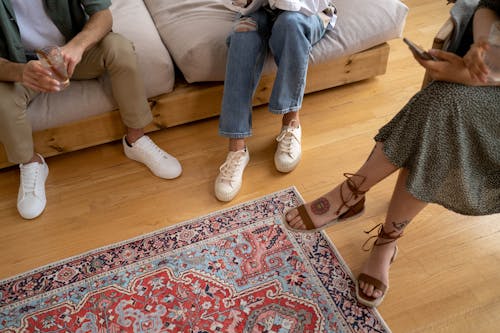
A hallmark of designer spaces is combining materials in unexpected ways. Think wood paired with metal, stone with glass, or concrete with brass. These juxtapositions create visual tension and depth. You’ll notice them in tables, shelving, and accent pieces that feel intentional rather than random.
Material choices also impact the tactile experience. Designers think about how objects feel to touch and move through the space. Rough textures contrast with smooth surfaces, adding dimension. This careful layering of materiality creates a home that feels curated and lived-in simultaneously.
12. Thoughtful Color Pops

Even in neutral palettes, a designer introduces a pop of color strategically. It could be a bright vase, a bold pillow, or an accent chair that draws the eye. The color often repeats subtly elsewhere to create cohesion. These intentional choices prevent the space from feeling flat or uninspired.
Color pops are never accidental in a designer’s home. They guide the eye and create visual rhythm, often leading you to key architectural or decorative elements. Designers understand the psychology of color—warm tones for comfort, cool tones for calm. These small injections of hue quietly signal intentionality and expertise.
This post 12 Household Objects That Quietly Reveal a Designer Touched the Space was first published on Greenhouse Black.
